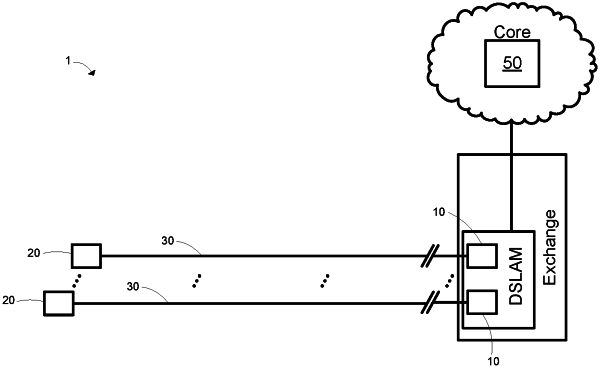| CPC G06N 5/01 (2023.01) [G06N 20/00 (2019.01); H04M 3/241 (2013.01)] | 20 Claims |

|
1. A computer-implemented method of modifying an algorithm operating on a computing system, the method comprising the steps of:
applying the algorithm to a first set of inputs;
determining a relevance score for a first input of the first set of inputs based on:
a first effectiveness value of the first input, wherein the first effectiveness value represents a degree of influence of the first input on an output of the algorithm, and
a first computational cost of the first input, wherein the first computational cost represents the computational resources of using the first input in the algorithm;
comparing the relevance score for the first input to an operator defined threshold;
defining a second set of inputs based on the comparison of the relevance score of the first input to the threshold such that:
if the relevance score of the first input does not satisfy the threshold, the second set of inputs is based on the first set of inputs with the first input removed, and
if the first input is a candidate input and the relevance score for the first input satisfies the threshold, the second set of inputs includes accepting the first input; and applying the algorithm to the second set of inputs.
|